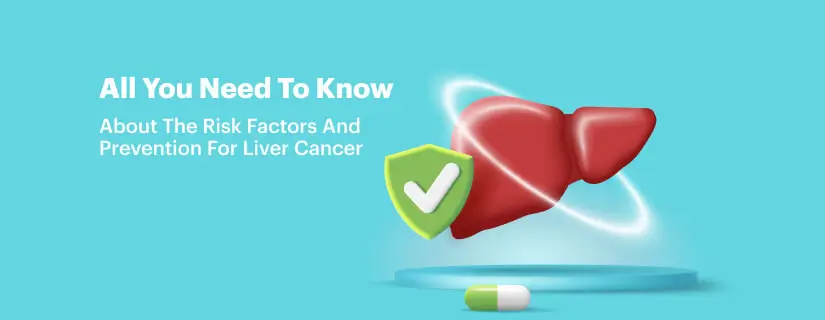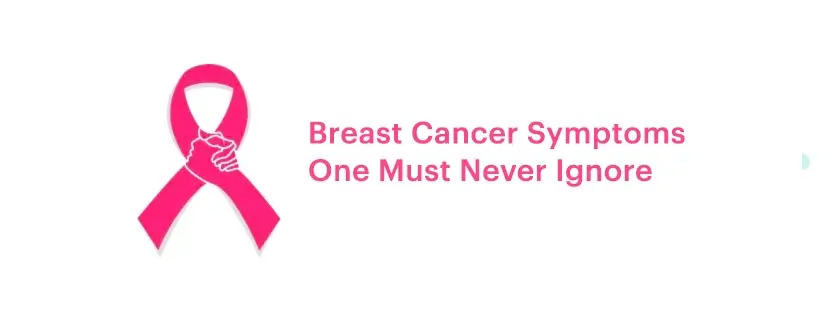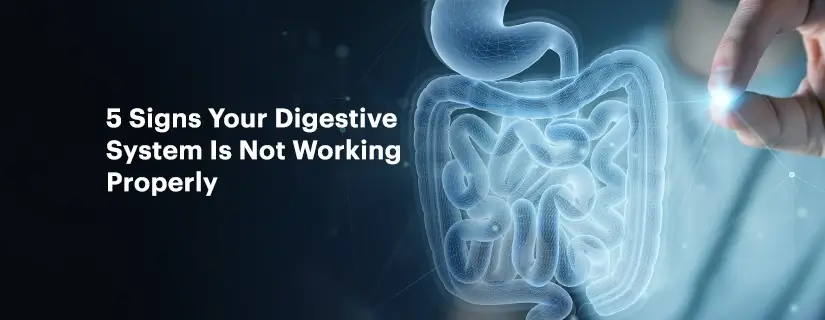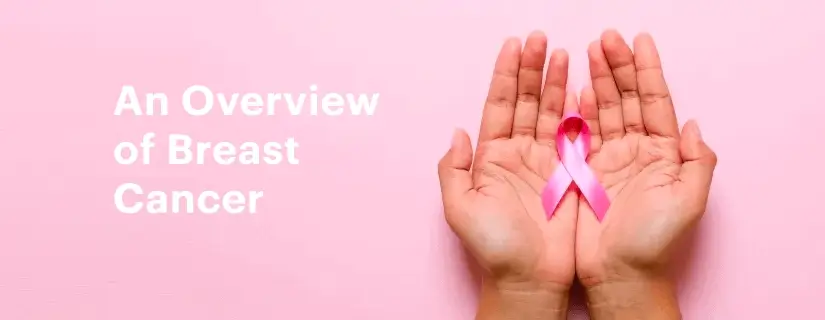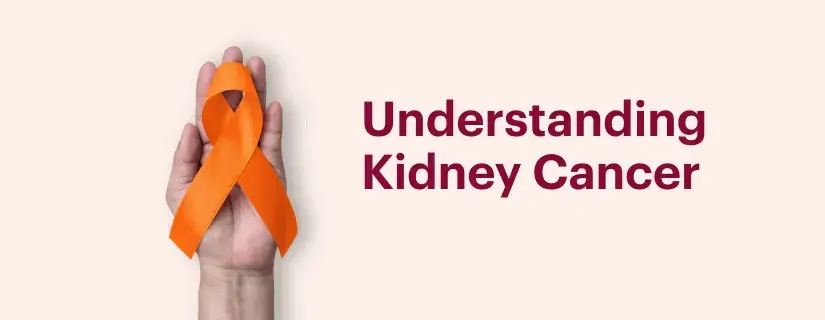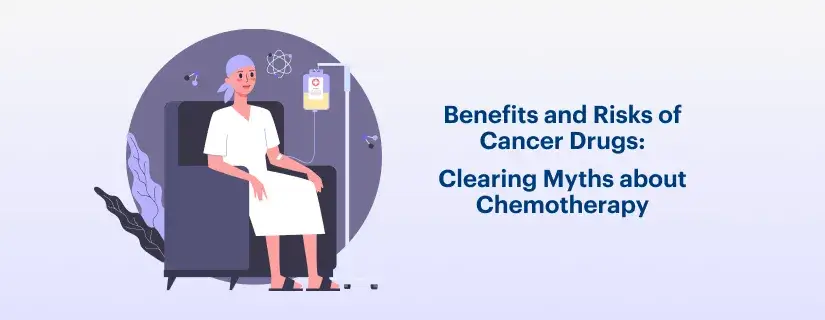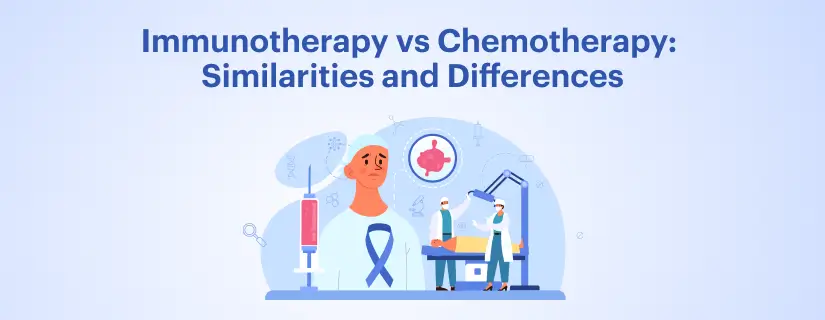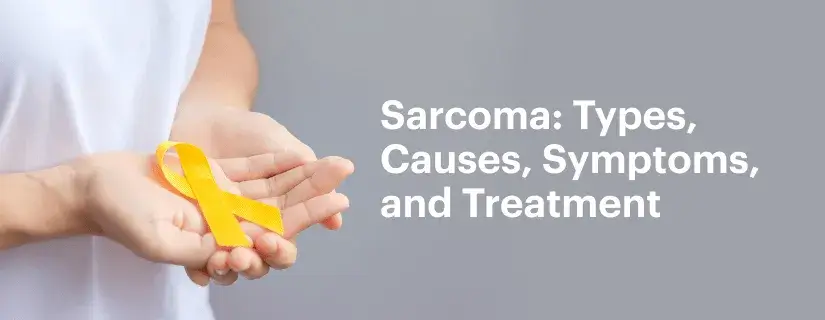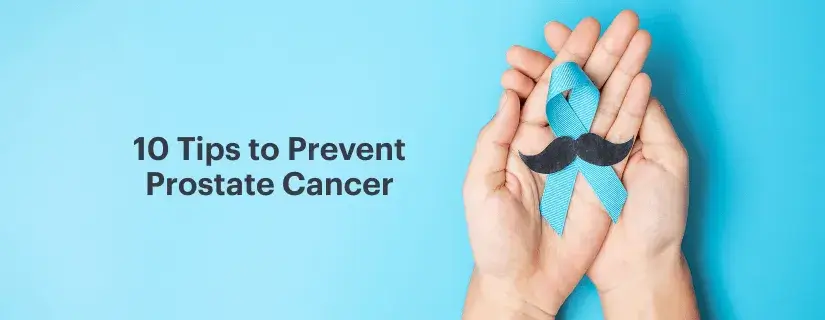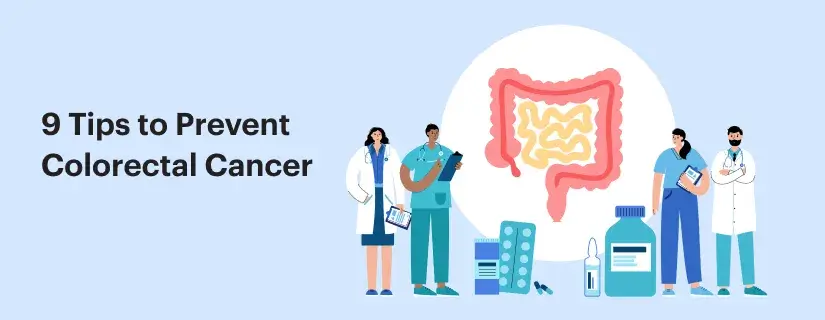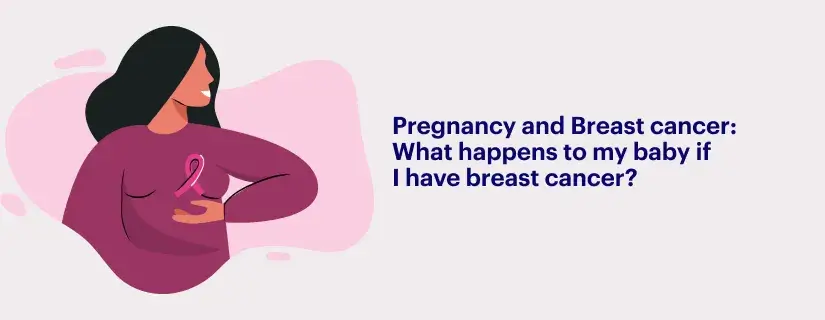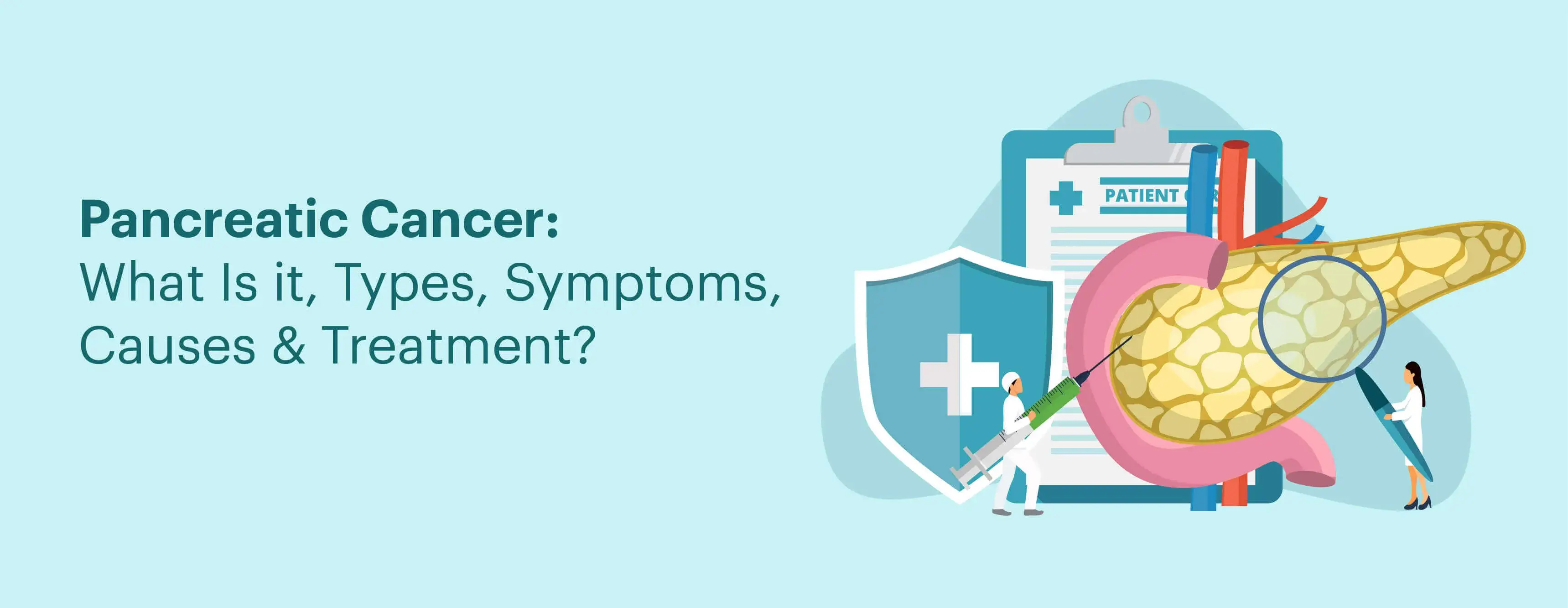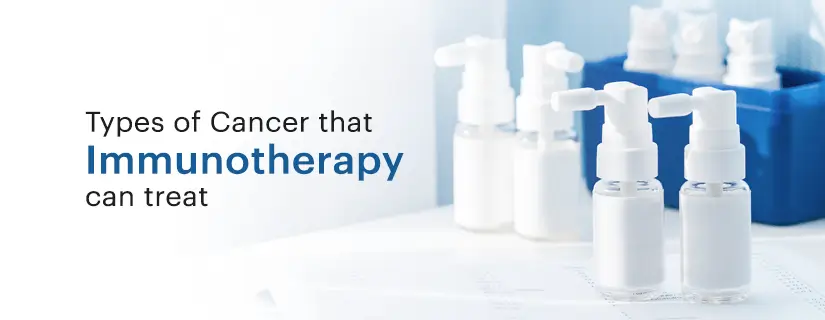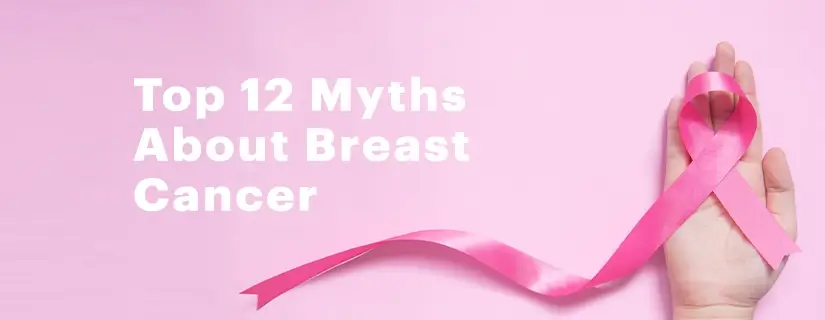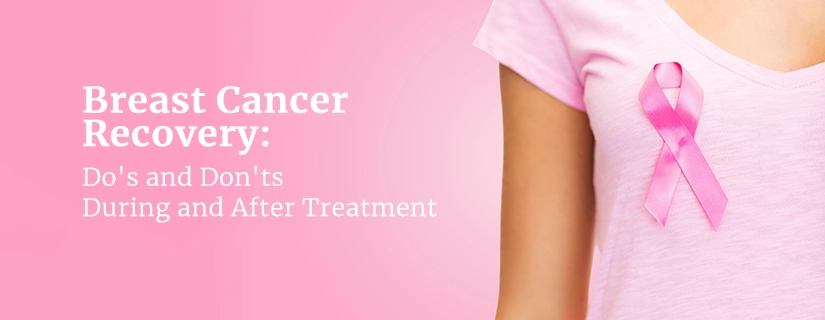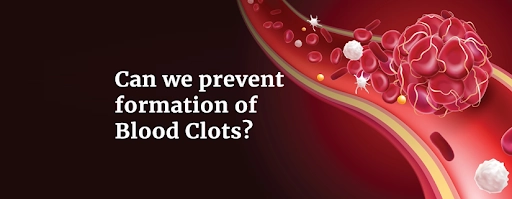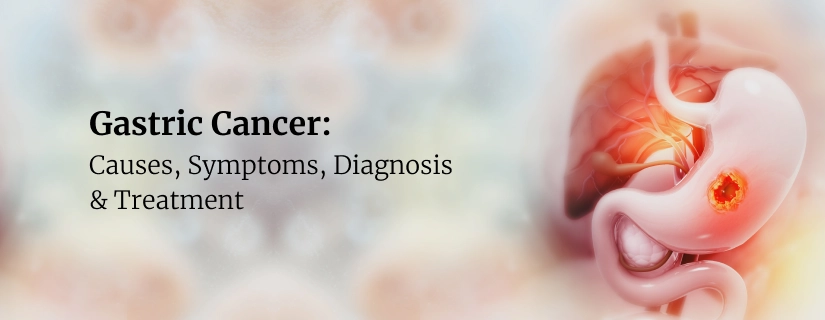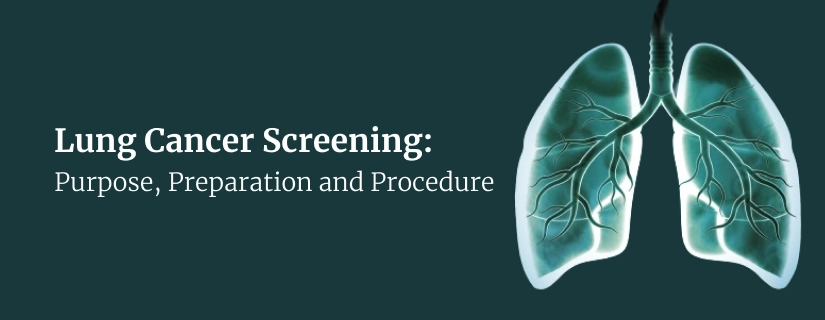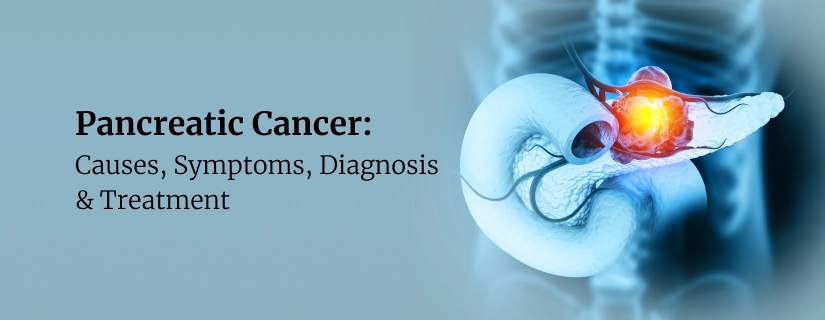-
Doctors
-
Specialities & Treatments
Centre of Excellence
Specialties
Treatments and Procedures
Hospitals & Directions HyderabadCARE Hospitals, Banjara Hills CARE Outpatient Centre, Banjara Hills CARE Hospitals, HITEC City CARE Hospitals, Nampally Gurunanak CARE Hospitals, Musheerabad CARE Hospitals Outpatient Centre, HITEC City CARE Hospitals, Malakpet
HyderabadCARE Hospitals, Banjara Hills CARE Outpatient Centre, Banjara Hills CARE Hospitals, HITEC City CARE Hospitals, Nampally Gurunanak CARE Hospitals, Musheerabad CARE Hospitals Outpatient Centre, HITEC City CARE Hospitals, Malakpet Raipur
Raipur
 Bhubaneswar
Bhubaneswar Visakhapatnam
Visakhapatnam
 Nagpur
Nagpur
 Indore
Indore
 Chh. Sambhajinagar
Chh. SambhajinagarClinics & Medical Centers
Book an AppointmentContact Us
Online Lab Reports
Book an Appointment
Consult Super-Specialist Doctors at CARE Hospitals
How to Prevent Cervical Cancer: 7 Ways to Lower Your Risk
Updated on 29 May 2023
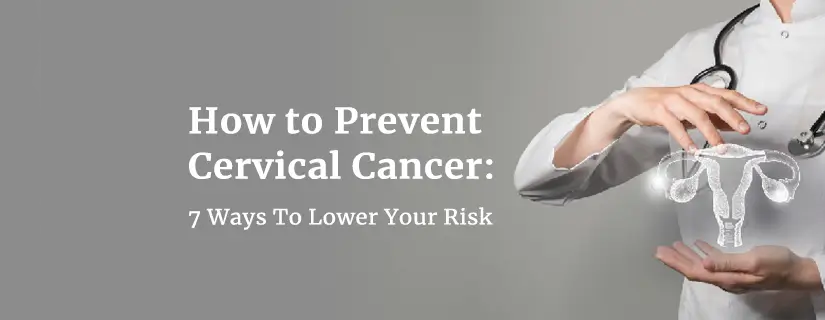
Table of Content
Cervical cancer is a type of cancer that affects the cervix, the lower part of the uterus that connects to the vagina. It is a significant health concern for women worldwide, and while it can be deadly, it is also highly preventable and treatable if detected early. India accounts for over 21% of cervical cancer cases globally. According to the latest Lancet Study, India accounts for the highest number of cervical cancer cases in Asia followed by China. Out of 40% of the total deaths from cervical cancer India accounts for 23% while China accounts for the remaining 17%.
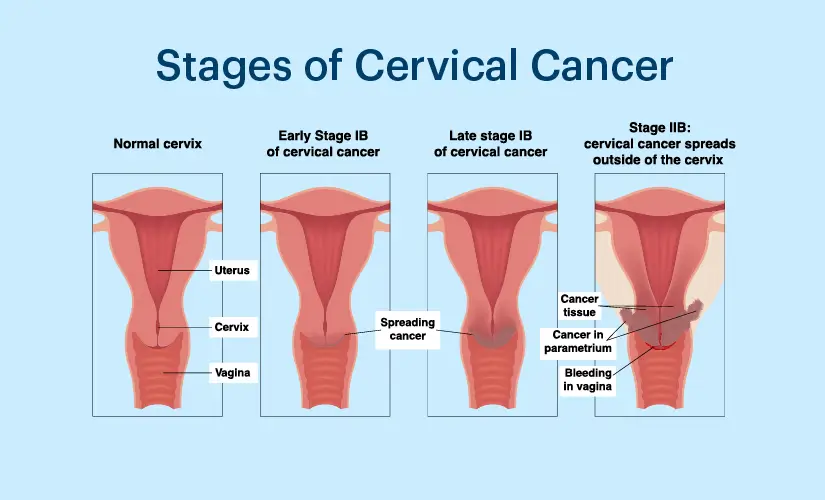
Cervical Cancer Facts
- Cell Types:
- The cervix has two main cell types: squamous cells and glandular cells.
- Most cervical cancers (80-90%) develop in squamous cells (squamous cell carcinoma).
- The remaining cases start in glandular cells (adenocarcinoma).
- Early Detection:
- Early-stage cervical cancer often has no symptoms.
- Symptoms like irregular bleeding, discharge, or pain during sex may appear as the cancer progresses.
- HPV and Screening:
- The HPV virus is the leading cause of cervical cancer.
- Cervical cancer develops slowly, taking years for pre-cancerous cells to become cancerous.
- Regular screening tests like Pap smears and HPV tests can detect pre-cancerous cells early, allowing for prevention or early treatment.
- Key Points:
- Early detection is crucial for successful treatment and prevention.
- Regular screening is essential, even without symptoms.
- Both squamous cell and glandular cell types exist.
- HPV is the main cause, but cancer development is slow.
7 Ways to Prevent Cervical Cancer
Considering the seriousness of the disease and the high numbers affected, it is critical to be aware of the measures that can be taken to reduce the risk of cervical cancer.
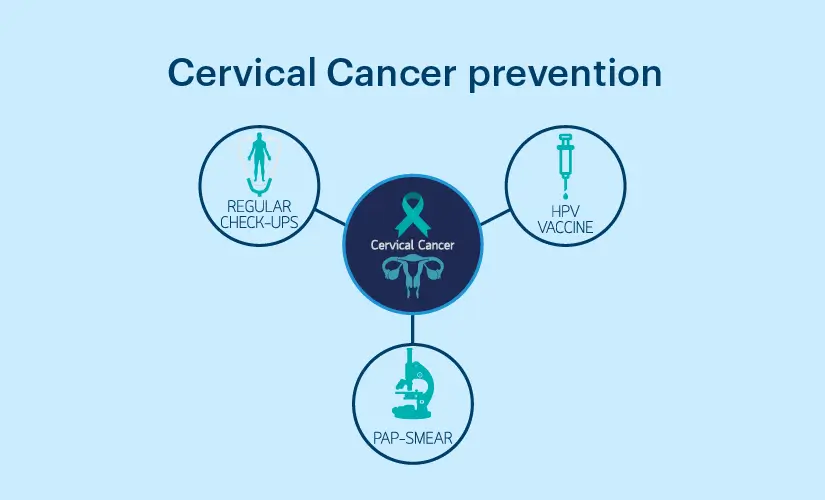
- Vaccination against HPV: It is important to get vaccinated against HPV. HPV (human papillomavirus) is a common virus that can cause cervical cancer. The HPV vaccine can protect against the types of HPV that are most likely to cause cervical cancer. It is recommended that girls and boys receive the HPV vaccine at age 11 or 12, but it can be given up to age 26. This is a measure that can be taken to reduce the risk of cervical cancer. This vaccine can help prevent boys from getting infected with the HPV types that can cause cancers of the mouth/throat, penis, and anus as well as genital warts.
- Safe Sex: The use of condoms during sex can reduce the risk of contracting HPV and other sexually transmitted diseases. HPV is spread through sexual contact, so practicing safe sex by using condoms can reduce the risk of getting HPV and developing cervical cancer. It is important to be aware of the risk and take necessary precautions.
- Get regular Pap tests: Getting Pap tests done regularly will help in the early detection of issues and treatment becomes easy. Pap tests can detect changes in the cells of the cervix before they become cancerous. It is recommended that women start getting Pap tests at age 21 or as soon as they become sexually active and continue getting them every three years until age 65.
- Give up smoking: Quit smoking for general good health as well as to reduce the risk of cervical cancer. Smoking can increase the risk of cervical cancer and make it more difficult to treat.
- Switch to a healthy diet: You are what you eat. Adopting a healthy diet can help to improve the immunity levels in the body. A diet high in fruits, vegetables, and whole grains can reduce the risk of developing cervical cancer.
- Reduce obesity: Maintaining a healthy weight is essential for general good health. Being overweight or obese can increase the risk of cervical cancer.
- Practice good hygiene: Good hygiene can play an important role in preventing the spread of HPV. Keeping the genital area clean can reduce the risk of developing infections that can lead to cervical cancer.
Conclusion
Cervical cancer is a significant health concern for women worldwide, but it is highly preventable. It is essential to talk to your www.carehospitals.com/ about cervical cancer screening and prevention to help maintain your health and well-being. Follow the simple measures listed above to reduce the risk of cervical cancer. In case you wish to speak to a specialist, you can visit www.carehospitals.com to fix up an appointment.

ENQUIRY FORM
SELECT CATEGORIES
-
Neurosciences (16)
-
Neurology (37)
-
Neurosurgery (14)
-
Orthopaedics (48)
-
Oncology (33)
-
Obstetrics and gynecology (52)
-
Pulmonology (23)
-
Urology (20)
-
Nephrology (13)
-
Psychiatry (7)
-
Dietetics and Nutrition (111)
-
General Medicine (63)
-
Cardiac Sciences (32)
-
Vascular & Endovascular Surgery and Interventional Radiology (15)
-
Gastroenterology (46)
-
Endocrinology (23)
-
Plastic Surgery (10)
-
Critical Care Medicine (5)
-
COVID-19 (16)
-
Dermatology (16)
-
Emergency Care (1)
-
Ophthalmology (4)
-
Pediatrics (14)
-
Laparoscopic and Bariatric Surgery (8)
-
ENT (15)
-
Kidney Transplant (1)
-
Liver Transplantation and Hepatobiliary Surgery (5)
-
General Surgery (3)
-
Internal Medicine (5)
-
Medicine Information
Types of Blood Cancer and How to Treat them
How to Prevent Cancer: 7 Ways To Lower Your Risk
YOU MAY ALSO LIKE
RECENT BLOGS
-
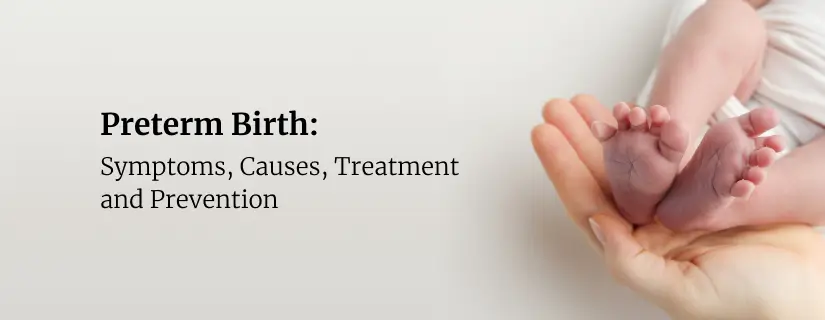
Preterm Birth (Premature Birth): Symptoms, Causes, Treatment and Prevention
13 May 2025
Read More
-

Rotablation Angioplasty: Benefits, Treatments, And Recovery Time
9 May 2025
Read More
-

What Is The Difference Between IUI and IVF?
9 May 2025
Read More
-
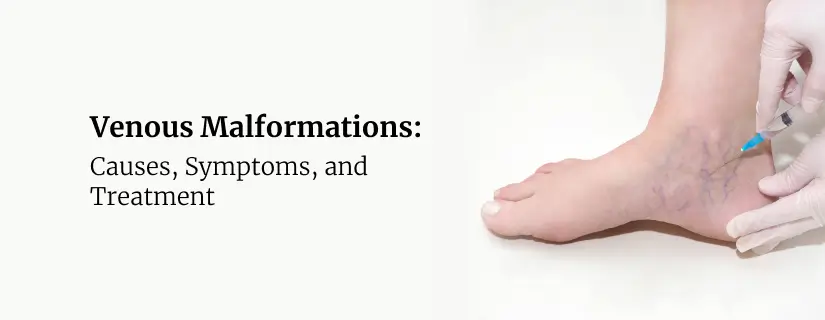
Venous Malformations: Causes, Symptoms, and Treatment
30 April 2025
Read More
-

Varicose Vein Foam Sclerotherapy: Treatment, Benefits, and Procedure
30 April 2025
Read More
-
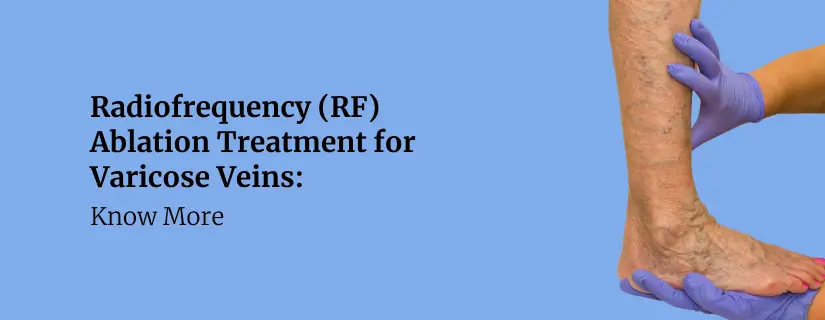
Radiofrequency (RF) Ablation Treatment for Varicose Veins: Know More
30 April 2025
Read More
-

Varicose Vein Sclerotherapy: Treatment, Benefits, and Procedure
30 April 2025
Read More
-

Varicose Vein Endovenous Laser Ablation: Procedure, Benefits, Risks
30 April 2025
Read More
Have a Question?
If you cannot find answers to your queries, please fill out the enquiry form or call the number below. We will contact you shortly.





